Zama City, Kanagawa神奈川県座間市
Living in Zama City, Kanagawa
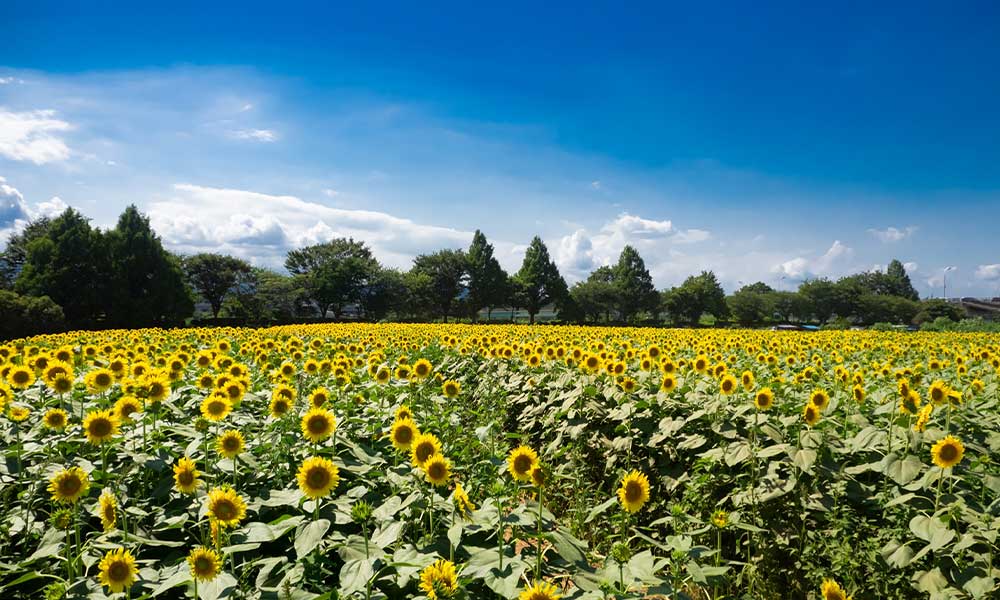
We have Summarized the livability of Zama City, Kanagawa.
CENTRAL PREFECTURE AREA県央地域
CONTENTS
- What kind of place is Zama City?
- Zama CityPR video
- How is the traffic situation in Zama City?
- How are the rent and land prices in Zama City?
- How is childcare and education in Zama City?
- How about shopping in Zama City?
- How about jobs and recruitment in Zama City?
- Zama City’s unique subsidy/subsidy system
What kind of place is Zama City, Kanagawa?
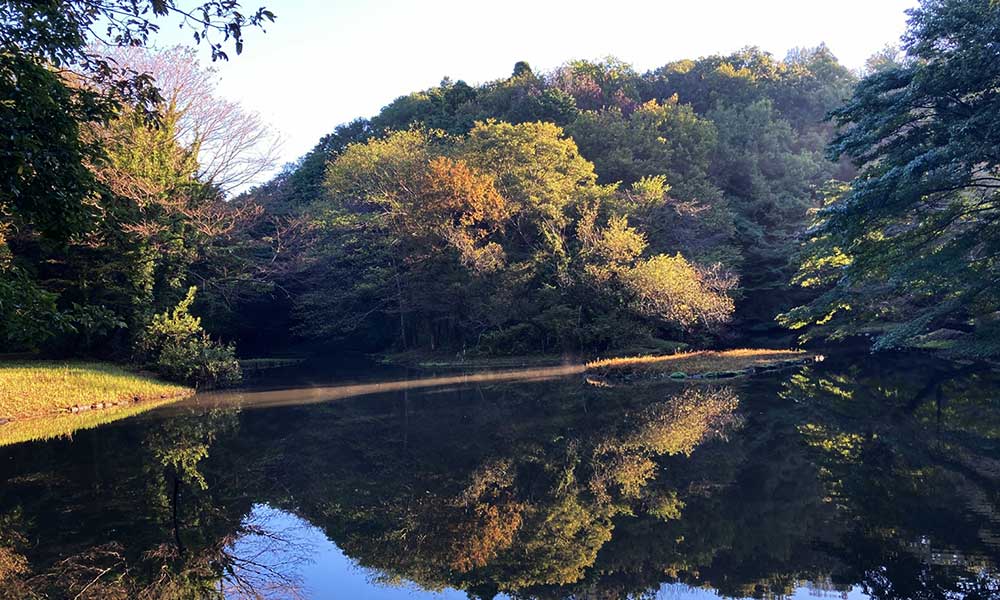
Zama City is a city rich in nature, located within an hour’s drive from the city center
Zama City is located almost in the center of Kanagawa Prefecture, about 50 km from the center of Tokyo and about 20 km from Yokohama.
The neighboring cities are Sagamihara City to the north, Yamato City to the east, Ebina City to the south, and Atsugi City to the west.
The population is about 132,000, and the number of households is about 61,000. (As of December 2022)
The Zama Hills run north and south through the center, and on the border between them the Sagami Plateau to the east and the alluvial lowlands where the Sagami River flows to the west spread out, so it can be said that it is a city where nature remains.
It is famous for its sunflower fields, and has been selected as one of the “100 Best Flower Spots in Kanagawa” and designated as the city flower.
The sight of more than 500,000 sunflowers blooming at the Zama and Kurihara venues is spectacular, and it is a popular tourist spot that attracts many tourists from outside the prefecture.
Zama City is conveniently located less than an hour from the city center, has relatively good public safety, and is rich in nature, making it a popular commuter town.
PR video of Zama City, Kanagawa
LIFE in ZAMA
Zama City Tourism Promotion Video
How is the traffic situation in Zama City?
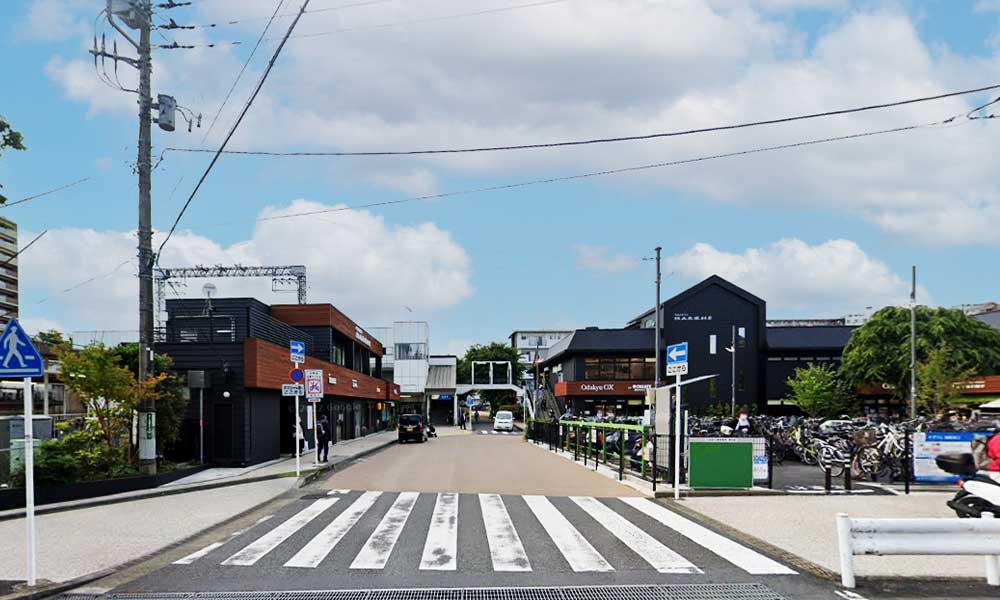
Zama City is a relatively convenient city, just one hour from Tokyo.
Two lines pass through Zama City: the Odakyu Line and the JR Sagami Line.
There are three stations: Zama Station, Sagamidai-mae Station, and Iriya Station.
The Odakyu Line takes you from Zama Station to Shinjuku without transfers, and it takes 1 hour and 15 minutes, making it relatively easy to get there. If you’re in a hurry, you can shorten your arrival time to about 50 minutes by changing to an express train along the way.
You can get to Yokohama Station in as little as 39 minutes (by changing at Ebina).
Even if there is an issue that express trains don’t stop there, access to Tokyo and Yokohama is relatively smooth, so you won’t feel inconvenienced when commuting to work or school.
The city is served by local buses such as Kanagawa Chuo Kotsu Bus and Sotetsu Bus, as well as Zama City Community Bus, which provide transportation within the city.
As the city has many hills, even those who primarily use the buses would find it convenient to have a bicycle in case of emergency.
In addition, there are late-night buses, so even if you are in Tokyo for work and happen to miss the last train, there are buses that go from Shinjuku to Sobudai-mae Station and other stations, so you can rest assured.
Roads are widely maintained and new expressways have been opened, so transportation activity is increasing, and it seems that you will be able to maintain a comfortable lifestyle even if you choose to own a car for your daily transportation needs.
Trains and buses are frequent and convenient. Monthly parking for cars is relatively cheap and maintenance costs are low. There are many well-maintained roads, including national highways, and access to expressways is good.
Traveling by train is relatively convenient, but it is still inconvenient that express trains do not stop there. Wide roads are prone to traffic jams, and many residential areas have narrow roads.
How are the rent and land prices in Zama City?
Zama City: Relatively low average rent and land prices
The average rent for a one-room apartment is 61,000 yen, and for a two-bedroom apartment it is 85,000 yen, so the average rent seems to be set relatively cheaply.
By the way, the average rent for a one-room apartment in Tokyo is 80,000 to 100,000 yen for a one-room apartment, and over 120,000 yen for a two-bedroom apartment, so the difference is clear.
The average land price in Zama City is 492,000 yen per tsubo.
The average price for the entire 23 wards of Tokyo is 1,614,000 yen, so the option of owning a home, which is difficult in Tokyo, may be possible in Zama City.
There are many families who have lived here for a long time, so there seems to be a lot of calm people, and it seems to be suitable for the child-rearing generation.
It is a good thing that there is room for flexibility in the average rent and land prices, as it allows you to expand your other options.
How is childcare and education in Zama City?
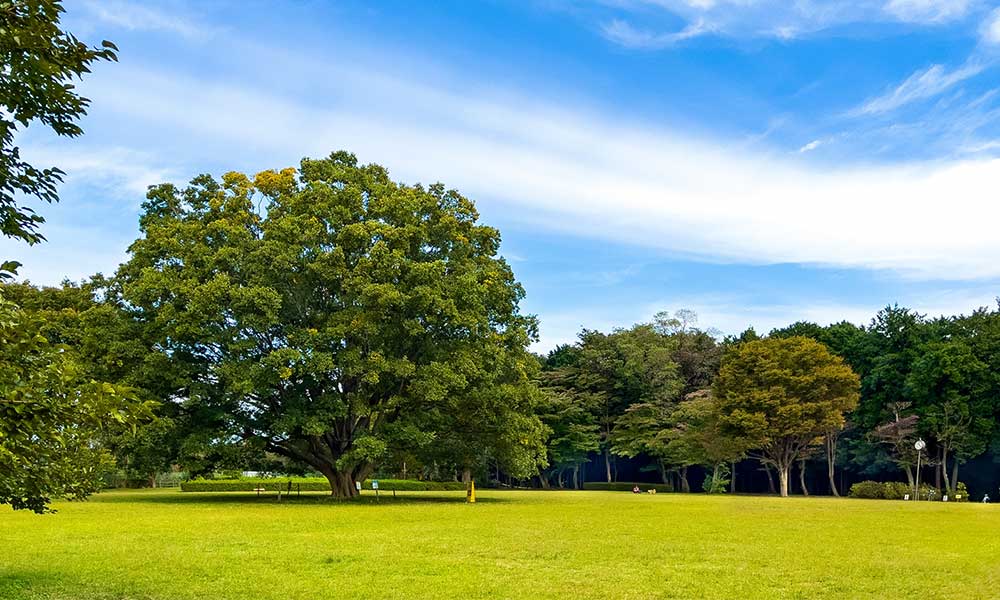
Zama City is a safe city with a wide range of medical facilities
In Zama City, there are 19 nursery schools, 9 kindergartens, 11 elementary schools, 6 junior high schools, and 3 high schools. There are no junior colleges or universities.
The Pediatric Medical Expense Subsidy in Zama City covers full costs for outpatient and inpatient care for children up to 18 years old (until March 31 of the year they turn 18), though some restrictions and income limits apply.
Child allowances are ¥15,000 for children under 3 years old, ¥10,000 for the first and second children aged 3 until the start of elementary school, ¥15,000 for the third child and beyond, and ¥10,000 for junior high school students, with some income restrictions.
For parenting, access to medical facilities is crucial. Zama City offers a range of medical services, including general hospitals, a national university hospital, and numerous private clinics such as pediatric and internal medicine facilities, providing peace of mind in case of emergencies.
Zama City: A city with plenty of childcare facilities and parks
Zama City, with its abundant natural areas, offers a wealth of parks, making it an ideal environment for parents with a relaxed child-rearing approach.
Near Zama Station, you’ll find the Kenritsu Zama Yato-yama Park, which boasts 30.6 hectares and is a great spot for insect collecting.
Tatenodai Park features a large pond, a sandpit, and complex playground equipment, making it a popular gathering place for families.
Other parks like Kanigasawa Park and shared farming fields offer environments where families can enjoy nature and play freely.
There are also child-rearing support centers around Zama Station, providing a supportive environment for parents with young children to seek advice and connect with others, making child-rearing in the area more reassuring.
There are many large prefectural and municipal parks, so you will not be short of places for your children to play. There are also many cram schools and other lessons in the area near the station, making it an easy environment for children to attend.
There are no junior colleges or universities in the area, so the area is highly dependent on the surrounding areas.
How about shopping in Zama City?
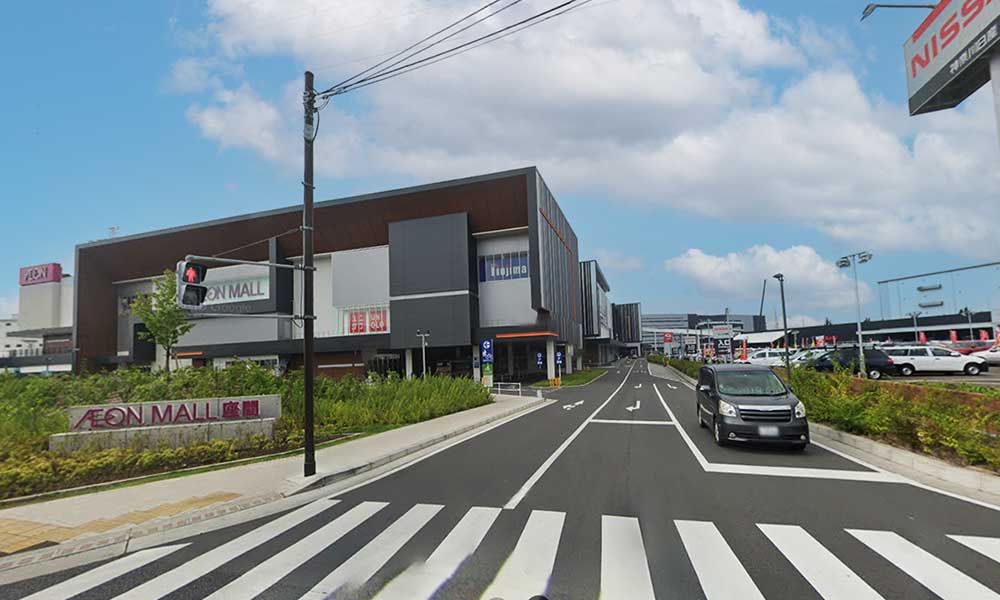
Zama City: A city where you won’t have any trouble buying things for daily life
Opened in 2018, the Aeon Mall Zama is the largest commercial facility in the city, featuring around 160 stores, including the Aeon Style and a variety of other shops. It also houses a cinema, Aeon Cinema Zama, making it a comprehensive complex that covers most of daily needs.
Additionally, the Costco Zama Warehouse is located a 20-minute walk from Sagami-no Station, providing a strong support for families with cars in managing their household budget.
Moreover, Zama Station has the “Zama Station Front Shopping Street,” which offers not only food but also dining options, making it a convenient place for lunch, dinner, or a casual chat with friends on weekends.
Although slightly away from the station, the MEGA Don Quijote UNY Zama Store is also available, offering the well-known discount products that are expected from Don Quijote. This store is a great ally for both families and individuals living alone.
Zama City has a variety of stores of all sizes, ensuring that you won’t have trouble purchasing daily necessities without traveling far. It’s an excellent environment for living comfortably.
This is a fun area to shop in, with rare stores such as Costco. Most stores have large parking lots that are free.
There are many stores that you can’t go to without a car. Also, such stores are prone to traffic jams, and even parking can be difficult.
How about jobs and recruitment in Zama City?
Zama City: A city where you can work both locally and in the city
The average annual income in Zama City is 3.67 million yen, and the average monthly salary is around 310,000 yen.
The average annual income in Kanagawa Prefecture is 3.75 million yen, so it can be said that it tends to be slightly lower.
However, there is a wide range of data on overall annual income, from 2.93 million yen to 6.74 million yen, so there is a large variation in income depending on the workplace and ability.
The average hourly wage for part-time workers is 1,064 yen, and for temporary workers it is 1,400 yen, which does not seem to be significantly different from the average for Kanagawa Prefecture as a whole.
Zama City, Kanagawa’s unique subsidy/subsidy system
Zama City, Kanagawa’s unique housing assistance and subsidy system
Zama City, Kanagawa’s unique childcare support system
| Childbirth and childcare support grant Zama City Childbirth and Childrearing Support Grant Program |
Zama City, Kanagawa’s unique system for further education and tuition assistance/subsidies
| Support for elementary and junior high school tuition fees |









